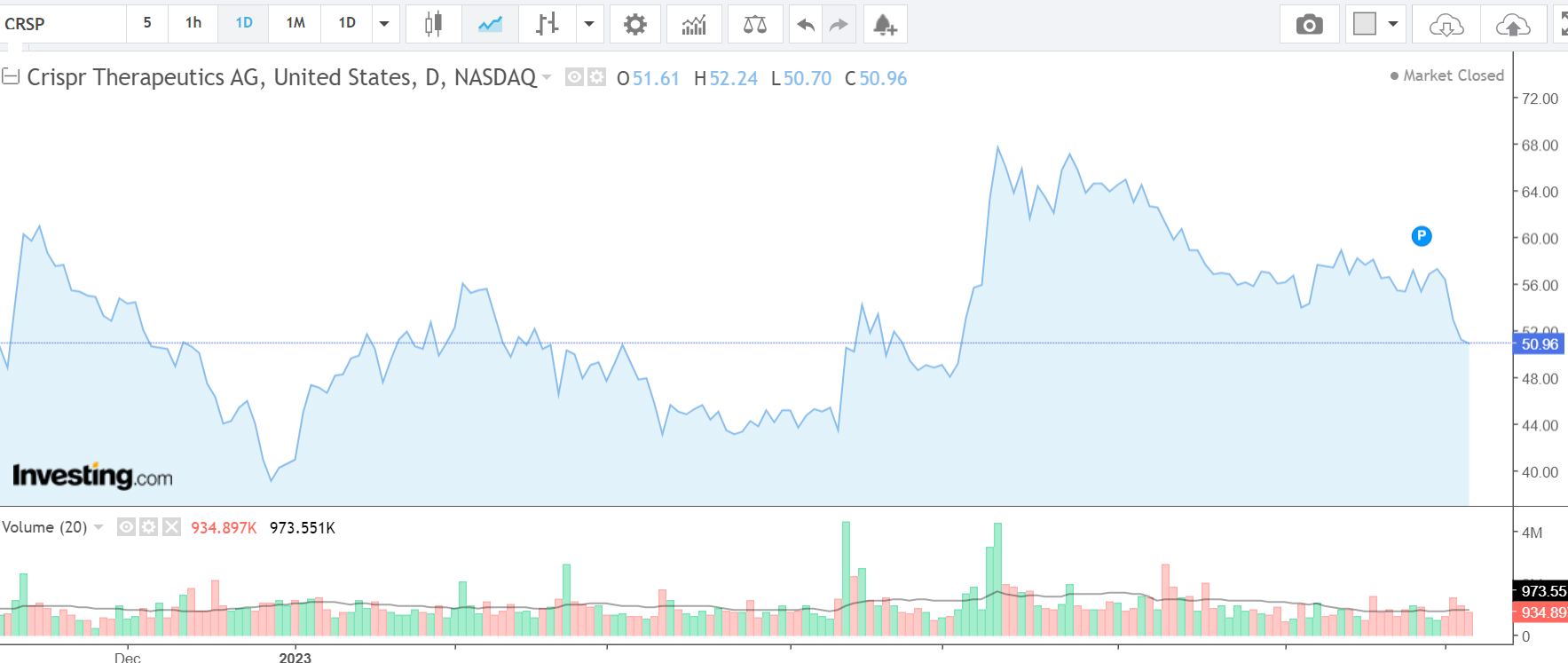Understanding the spread in trading
Are you new to the trading world or been around a while but still don’t fully comprehend what the spread in trading is? This article will unveil all the mystery, here at PyjamasTraders. Armed with this knowledge, you’ll be ready to take on the financial markets confidently.
What is Spread in Trading?
Spread in trading refers to the difference between the bid and the ask price of a particular asset in financial markets. The bid price is what buyers are willing to pay for an asset, while the ask price is what sellers are hoping to receive. Therefore, the spread is a cost incurred by traders during the transaction process.
How Does Spread Impact Trading?
Understanding the effect of spread in trading is as crucial as knowing what it is. High spreads mean increased trading costs, which could eat into your potential profits. This factor is especially critical when you’re engaged in rapid trade situations like day trading. The thinner the spread, the better for your pocket.
Variable and Fixed Spreads
Spreads can be divided into two major types depending on how they fluctuate: variable and fixed spreads. Variable spreads tend to broaden during volatile market conditions and tighten when the market is calm. On the other hand, fixed spreads remain the same despite market volatility. Your choice will depend on the trading strategy you adopt.
Coping With Spread in Trading
Just getting to grips with the spread in trading and its implications? Here are a few tips to help you manage:
- Choose Assets Wisely: Some assets have lower spreads than others, primarily due to their liquidity. Assets with high liquidity, usually have thinner spreads.
- Be Wary of Market Volatility: During economic releases or news events, spreads may widen. It’s imperative to be cautious and adapt your trading strategy accordingly.
- Consider Your Broker: Spreads may vary from one broker to another. Choose a broker who offers competitive spreads.
To wrap up, understanding the spread in trading forms a critical part of your journey to financial market success. Overlooking it could result in unexpected trading costs and reduced profits.
Ole Borgesen / PyjamasTraders




